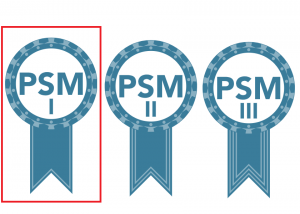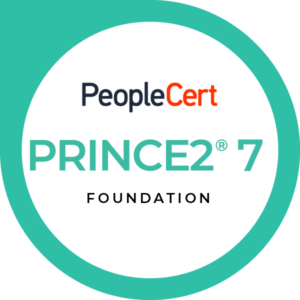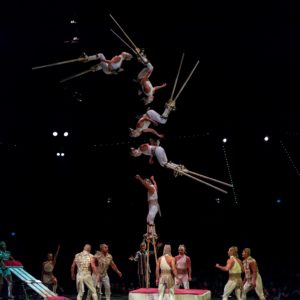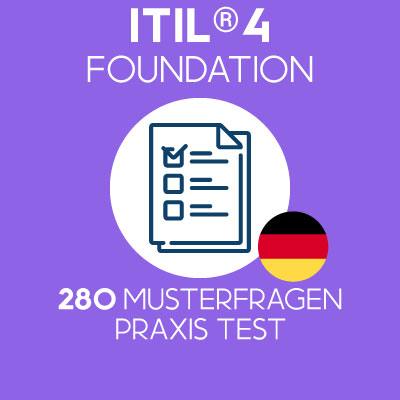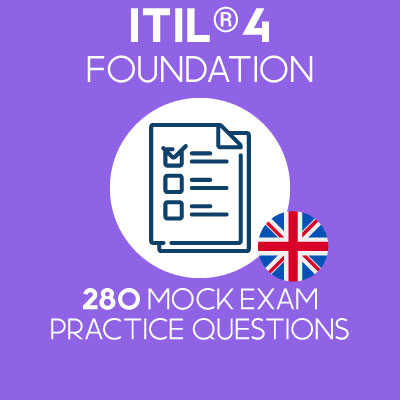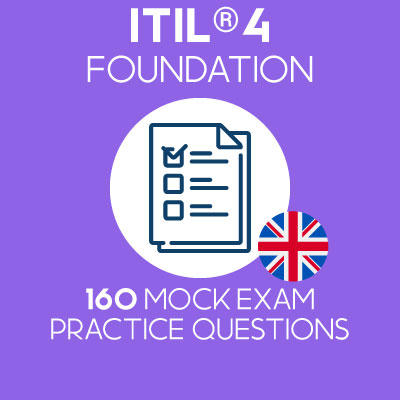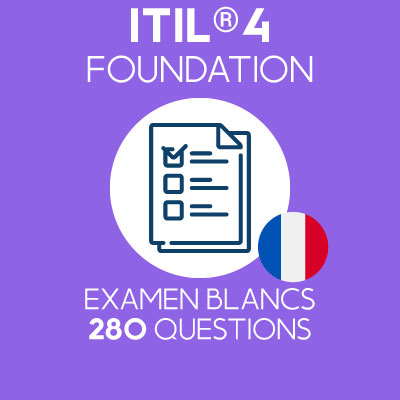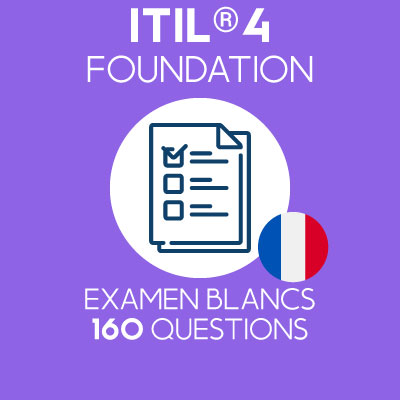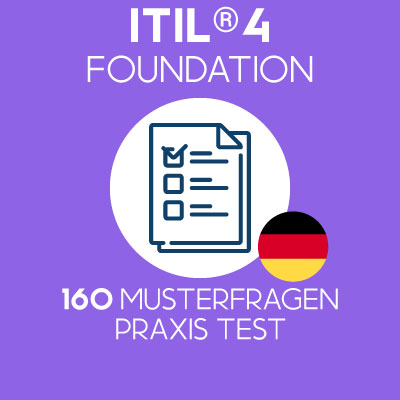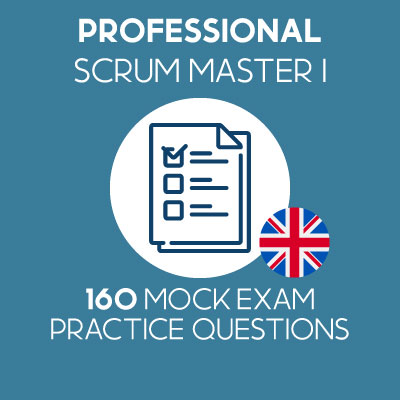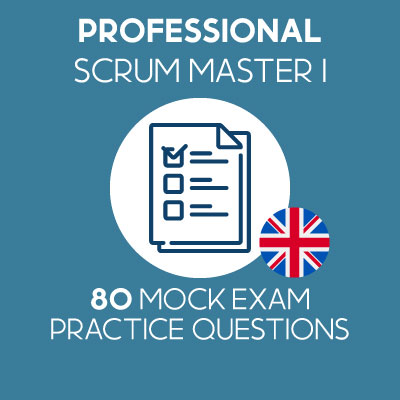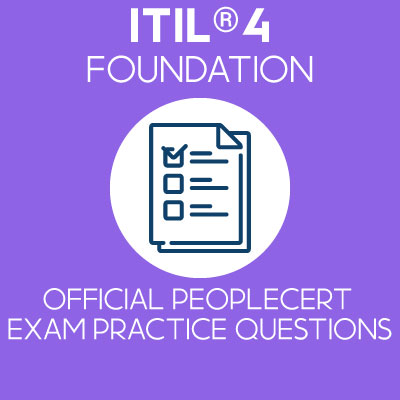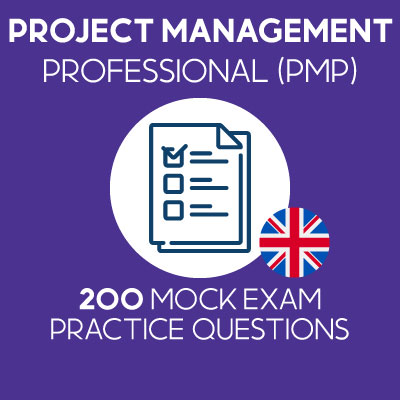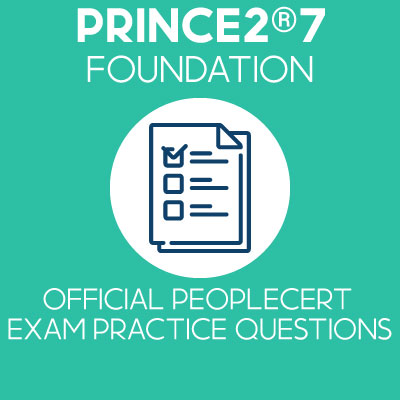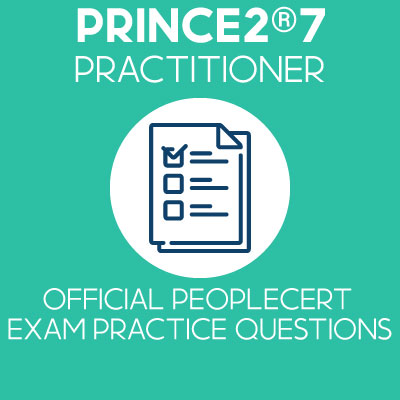Table of Contents
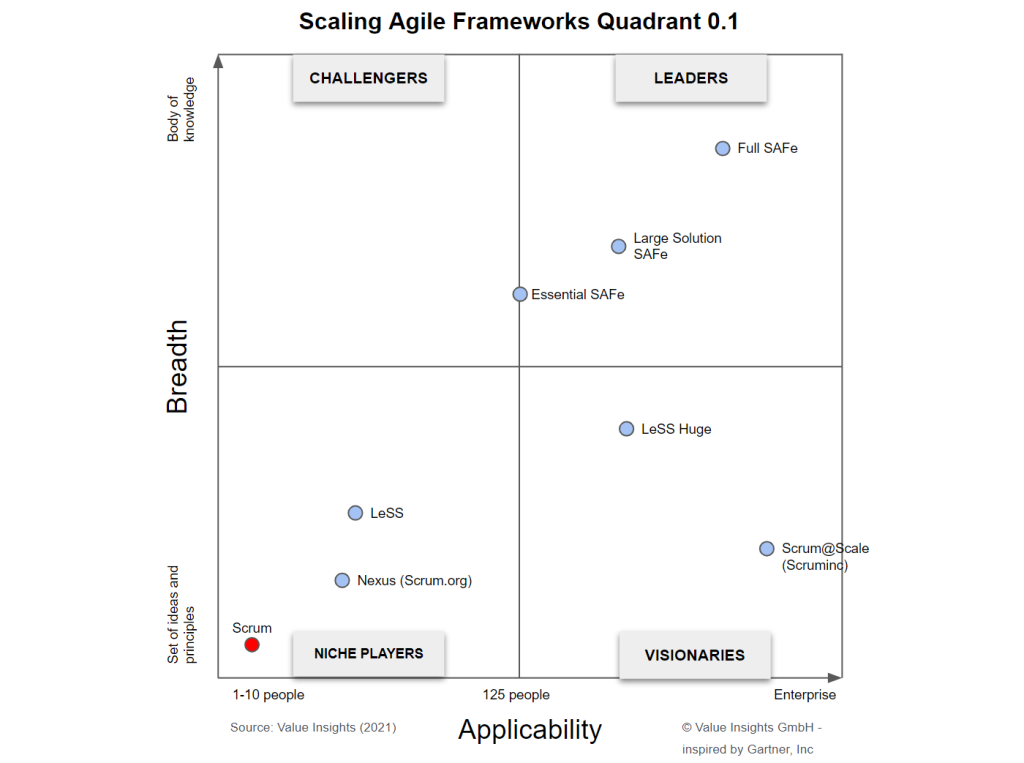
Scaling Agile frameworks comparison
A comparison of the scaling Agile frameworks available on the market based on a quadrant inspired by Gartner.
Dimensions:
- Applicability (X-Axis). Reflect the potential coverage of the framework in an enterprise context. The higher the value, the more the scope of framework can be applied to an entire enterprise or large company
- Breadth (Y-Axis). Reflect the quantity of values, principles, artifacts, rules and knowledge available in those frameworks. The higher the value, the most comprehensive (and possibly restrictive) is the framework
Key information:
- Scrum is placed here as a comparison point ONLY in regards to team size applicability and coverage. Scrum is actually the most common Agile framework at team level worldwide
- All scaling frameworks mentioned here build on Scrum and are therefore considered to have more breadth than Scrum. Additional values, principles, artifacts and rules are added on top of Scrum.
Comments:
- Nexus is a simple framework which applies to 3 to 9 Scrum teams building a product. The definition of Nexus is contained in a 10 pages guide
- LeSS is up to eight teams of 8 people each. Its core principles are described on the LeSS works website
- LeSS huge is up to a few thousands people on one product
- Scrum@Scale is applicable enterprise wide and intends to propagate Scrum to the entire organization for the creation of products, processes, services, and systems that require the efforts of multiple teams
- SAFe propose several configurations. Its most basic structure (Essential SAFe is for up to 125 people building one product while its most extensive one (Full SAFe) can apply enterprise wide
The ranking provided here is based on the author’s scaling frameworks knowledge and experience as well as information publicly available regarding those frameworks.
Relevant sources:
Contact Us!
Related Blog Posts
Our Mock Exams
-
ITIL 4 Foundation Musterprüfung – 280 Übungsfragen
€ 19,99Original price was: € 19,99.€ 15,99Current price is: € 15,99. -
ITIL 4 Foundation Mock Exam Pack – 280 Practice Questions
€ 19,99Original price was: € 19,99.€ 15,99Current price is: € 15,99. -
ITIL 4 Foundation Mock Exam Pack – 160 Practice Questions
€ 15,99Original price was: € 15,99.€ 9,99Current price is: € 9,99. -
ITIL 4 Foundation Pack Examens Blancs – 280 Questions
€ 19,99Original price was: € 19,99.€ 15,99Current price is: € 15,99. -
ITIL 4 Foundation Pack Examens Blancs – 160 Questions
€ 15,99Original price was: € 15,99.€ 9,99Current price is: € 9,99. -
ITIL 4 Foundation Musterprüfung – 160 Übungsfragen
€ 15,99Original price was: € 15,99.€ 9,99Current price is: € 9,99.
Most Popular Posts
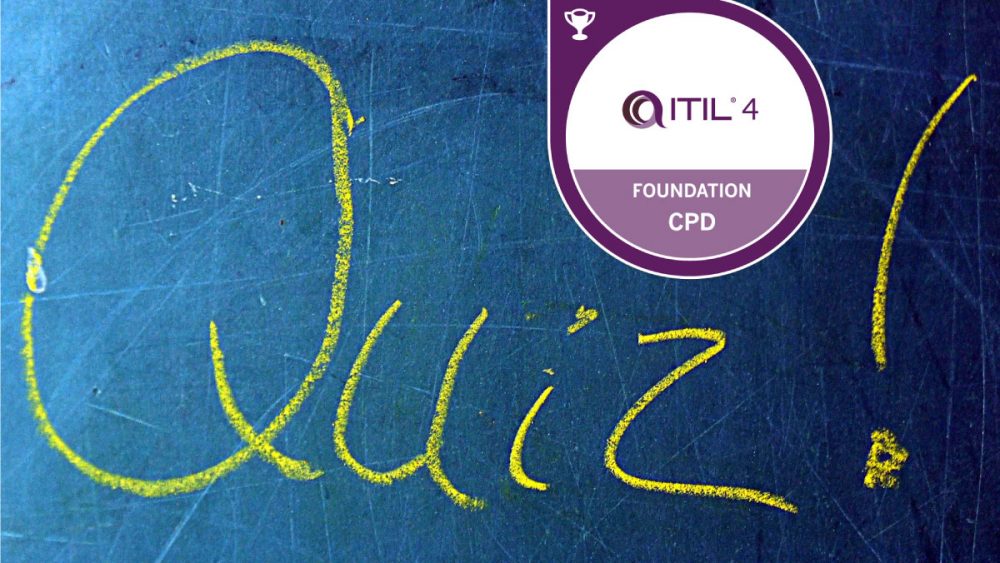 Are you ready to pass the ITIL®4 Foundation exam?... 215.7k views | 111 comments
Are you ready to pass the ITIL®4 Foundation exam?... 215.7k views | 111 comments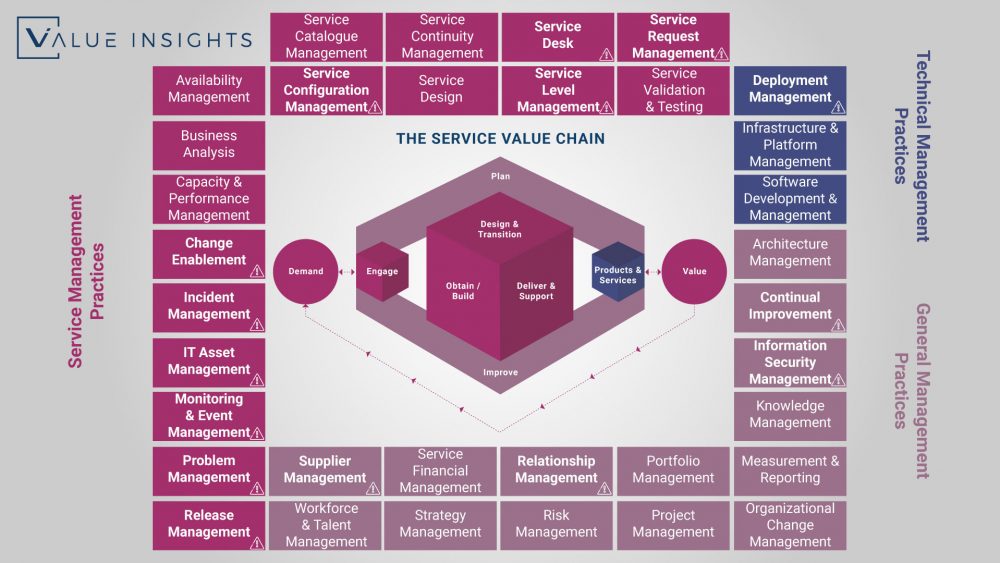 The ITIL 4 Practices Overview 88.4k views | 1 comment
The ITIL 4 Practices Overview 88.4k views | 1 comment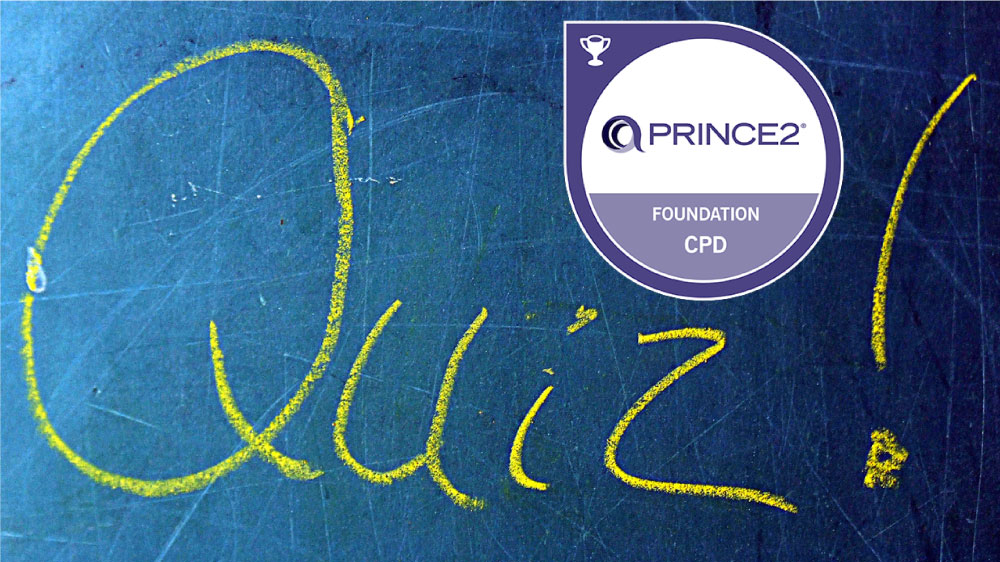 Ready for PRINCE2 Foundation? Check this 40 FREE s... 42.8k views | 24 comments
Ready for PRINCE2 Foundation? Check this 40 FREE s... 42.8k views | 24 comments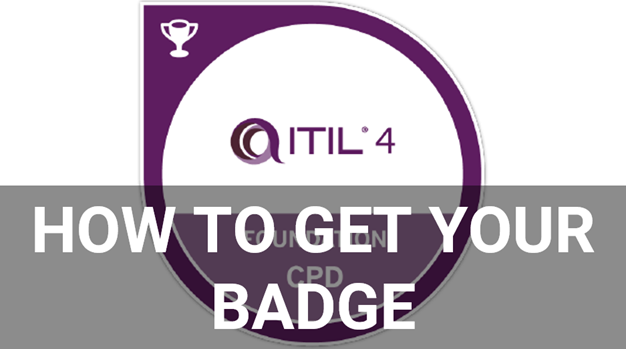 How to get the ITIL 4 Foundation Digital Badge 36.2k views | 11 comments
How to get the ITIL 4 Foundation Digital Badge 36.2k views | 11 comments Are you ready to pass the ITIL®4 Foundation exam?... 35.7k views | 0 comments
Are you ready to pass the ITIL®4 Foundation exam?... 35.7k views | 0 comments


